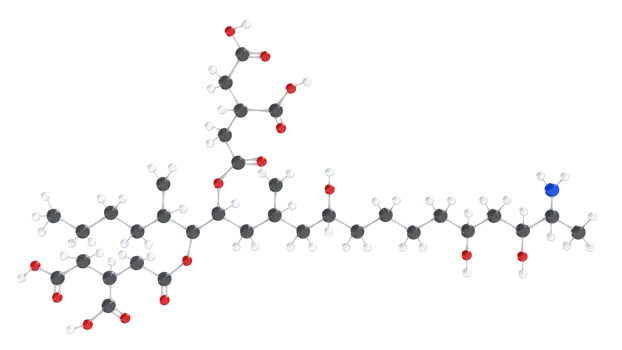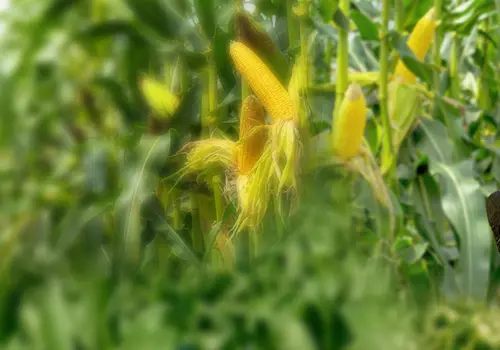
MycoGuard properties
Properties of different mycotoxins
Properties of different mycotoxins
- Mycotoxins are naturally occurring substances produced by fungi
- They can be found in raw materials - both before and after harvest - and in animal feed
- Mycotoxins pose a serious health threat to animals
- Their molecular structure, size and polarity are key factors
- Negative effects range from acute poisoning to longer term impact resulting in reduced health and productivity
- The most common mycotoxins that affect livestock include aflatoxins, ochratoxins, fumonisins, zearalenones and deoxynivalenol
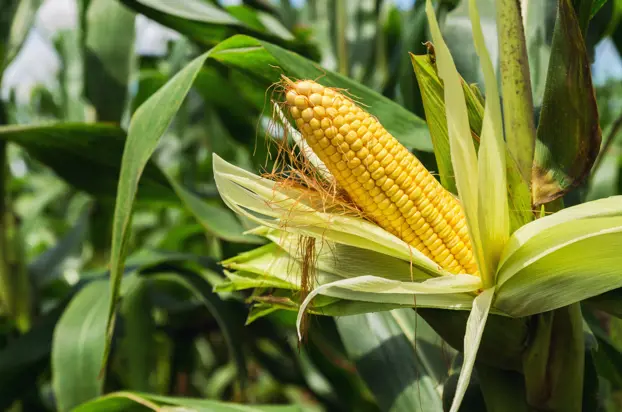
Main characteristics
Aflatoxins
- Fungi: Aspergillus spp. (most common A. flavus)
- Occurrence: Peanuts, nuts, corn, cotton seed and other cereals
- Conditions: Field or storage as long as moisture and temperature are consistently high (>21 º C)
- Sensitivity: Poultry, dairy, pigs and aqua
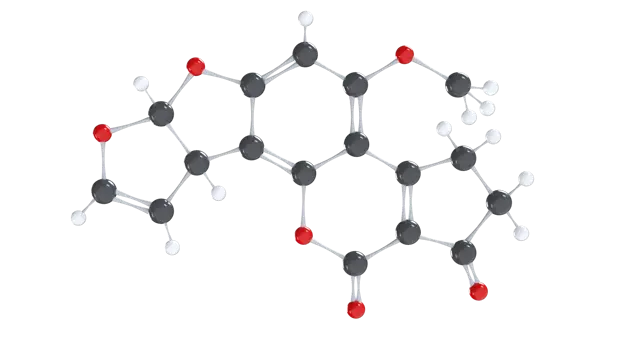
Zearalenones
- Fungi: Fusarium spp. (most common in F. graminearum and F. cerealis)
- Occurrence Corn, wheat, barley, oats, rice and sorghum
- Conditions: Moisture during storage of crops from tropical and temperate regions
- Sensitivity: Pigs and ruminants
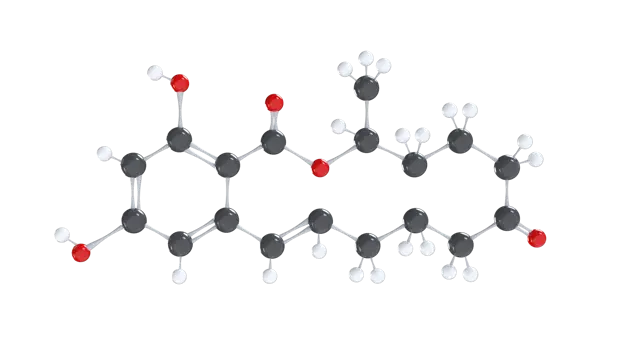
Ochratoxins
- Fungi: Aspergillus and Penicillum
- Occurrence: Cereals and grains, wheat, barley, oats, corn, rice and rapeseed
- Conditions: Usually grows on crops pre-harvest
- Sensitivity: Pigs and poultry (rumen degradation)
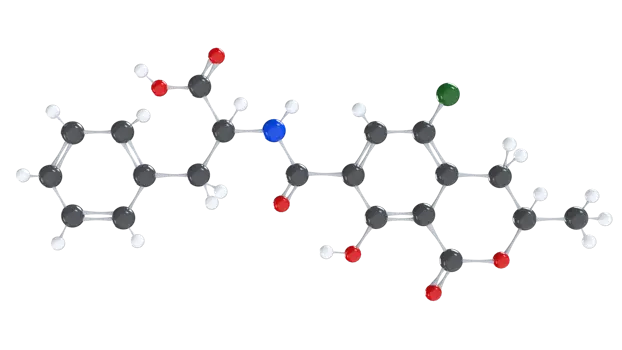
Deoxynivalenol
- Fungi: Fusarium (most common F. sporotrichioides)
- Occurrence: Corn, wheat, rye, oats and barley
- Conditions: Field mycotoxins occurring at temperatures between 0 – 32º C combined with moisture
- Sensitivity: Poultry
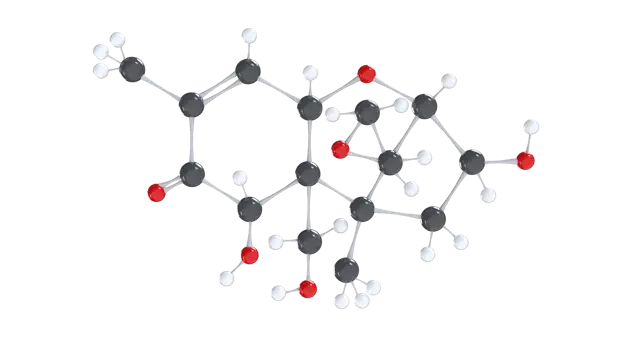
Fumonisins
- Fungi: Fusarium spp. (most common is F. verticillioides)
- Occurrence: Corn, wheat, rice, sorghum
- Conditions: Field mycotoxins
- Sensitivity: Pigs, poultry and ruminants
